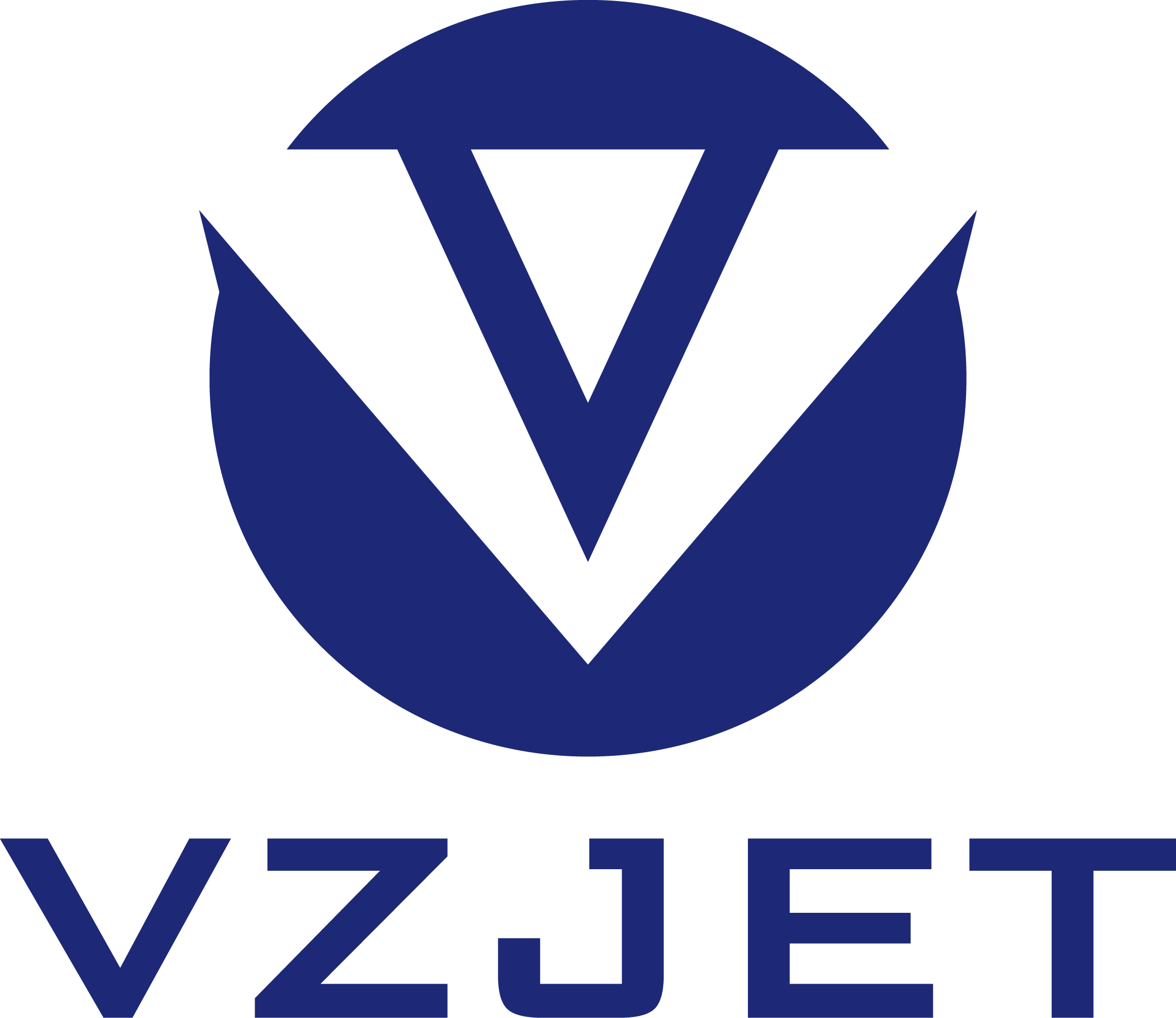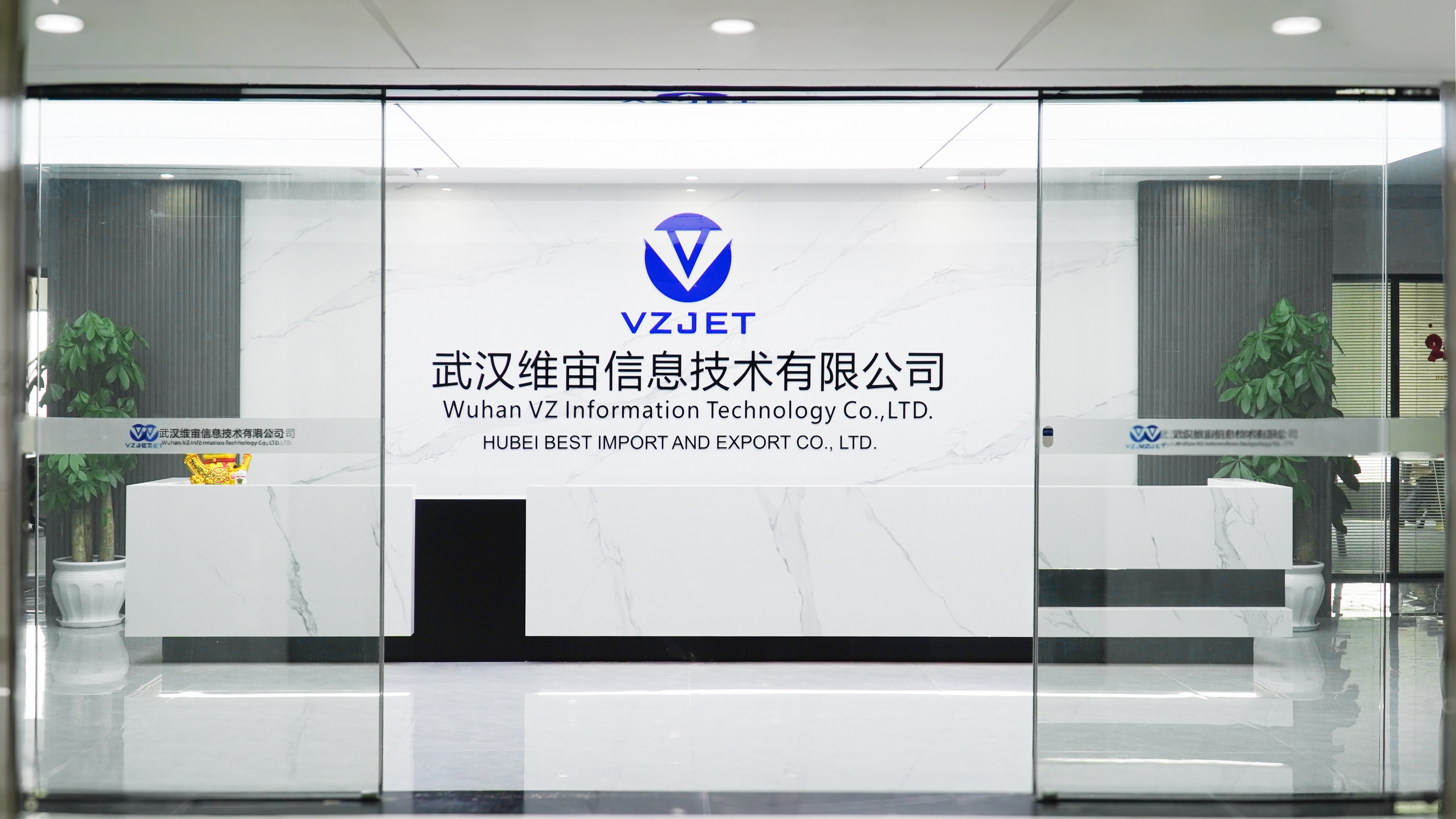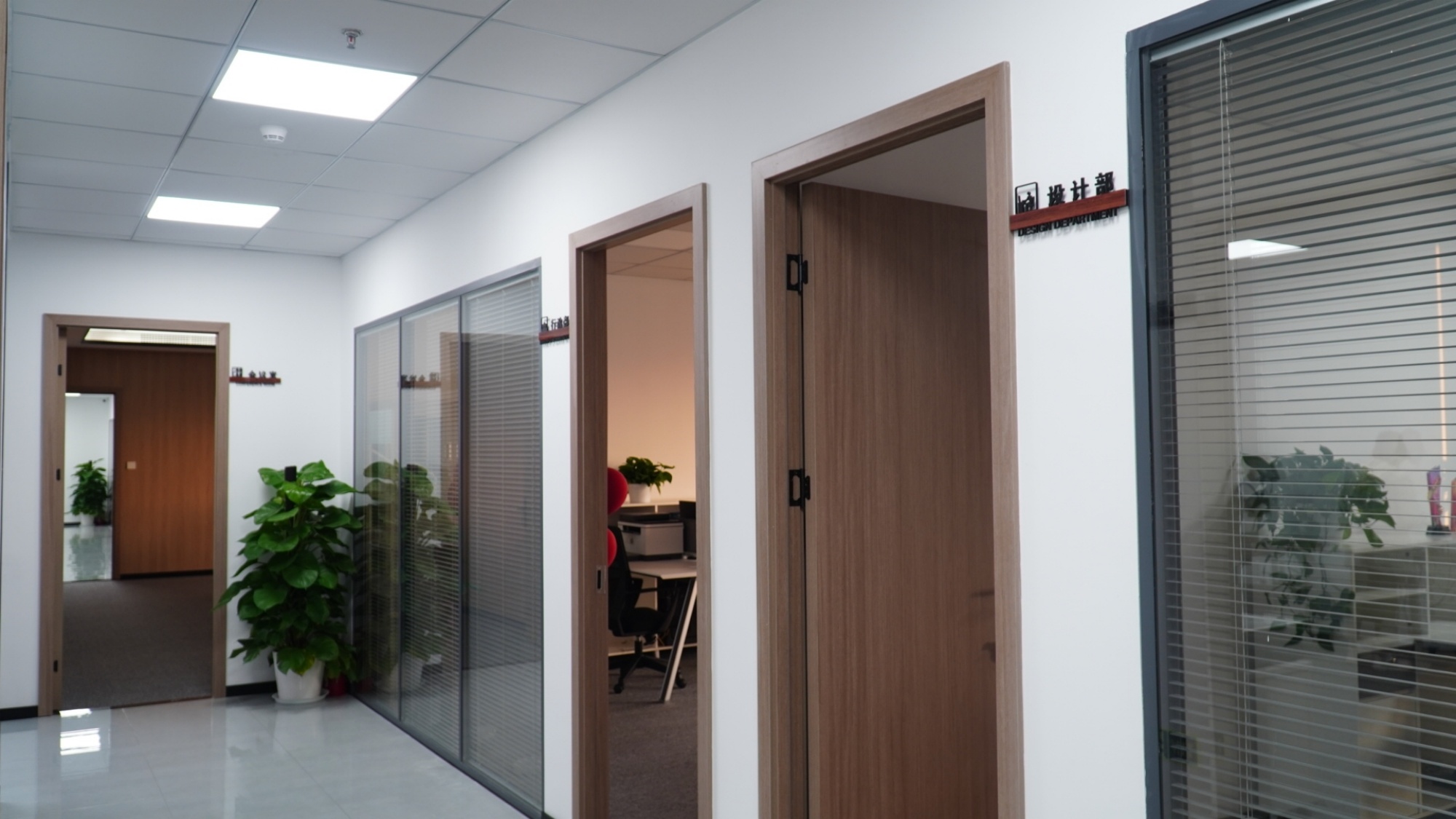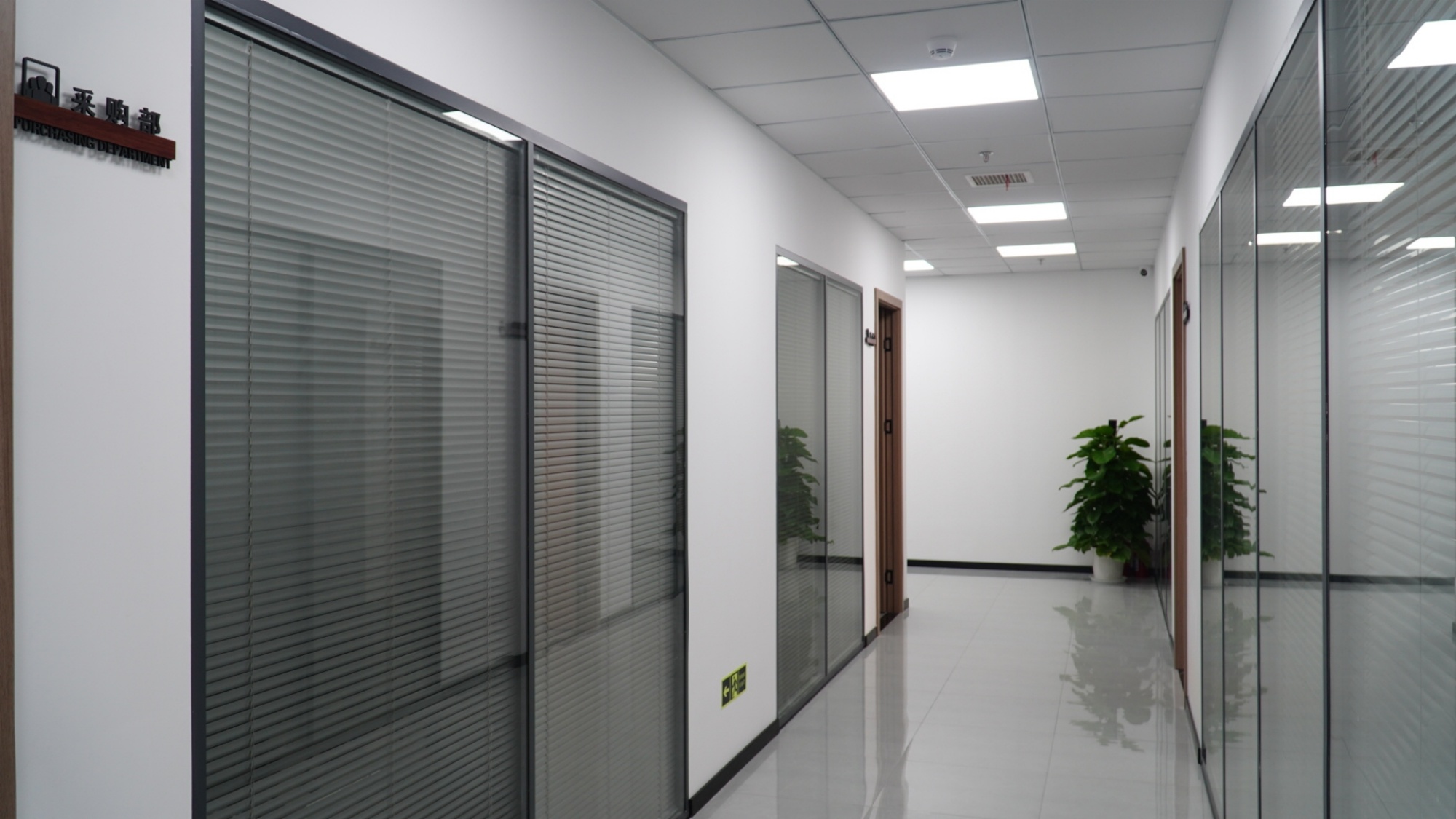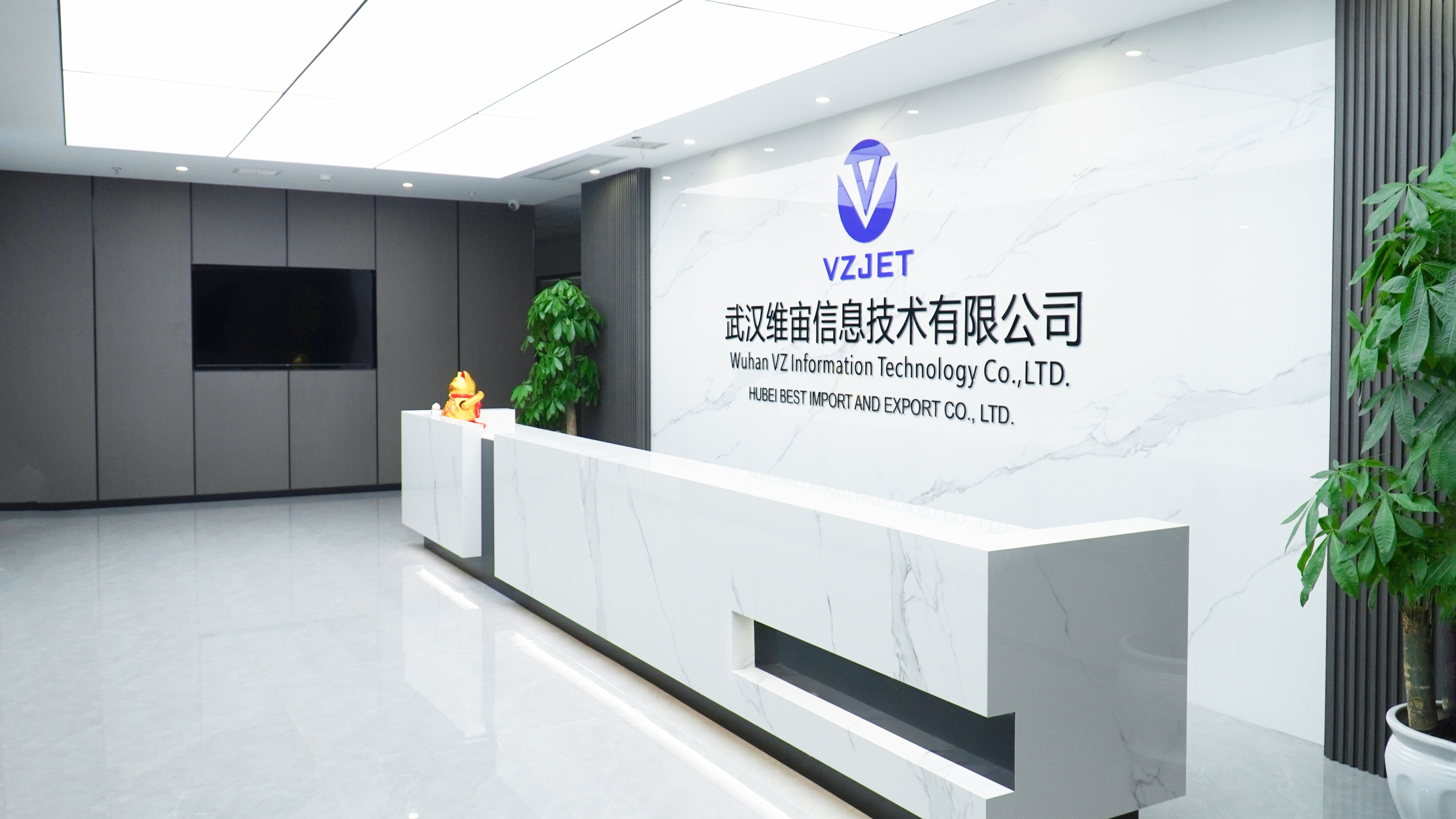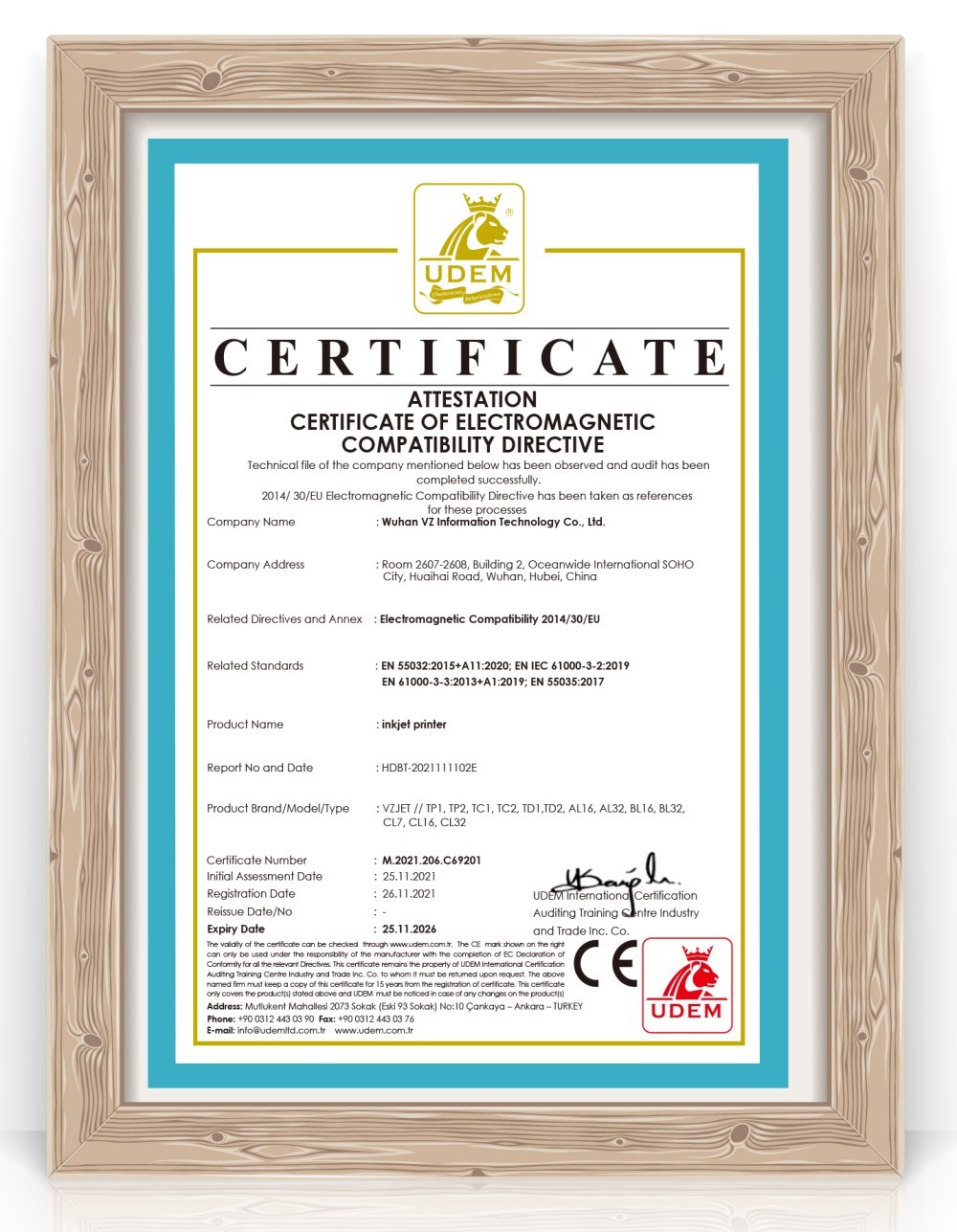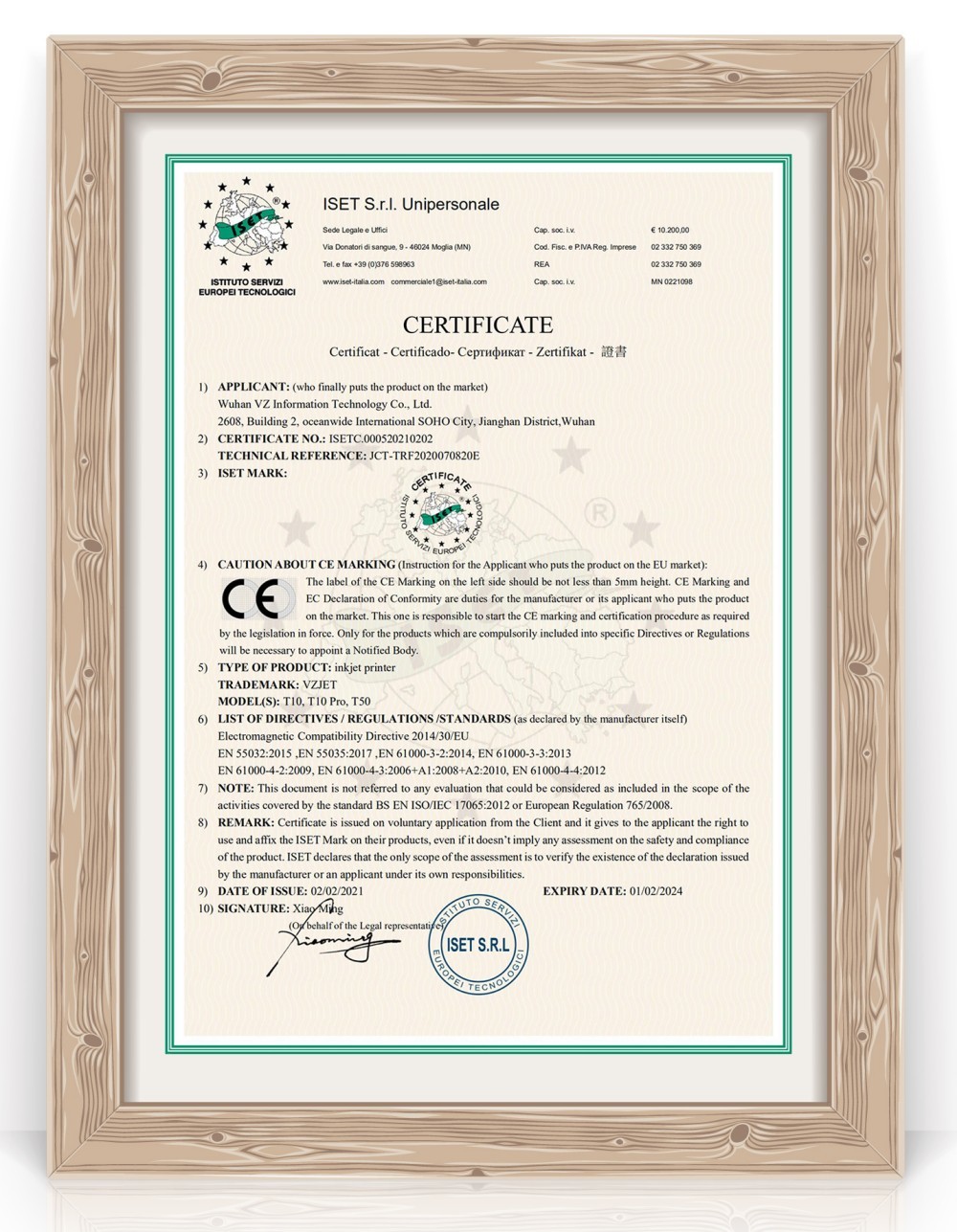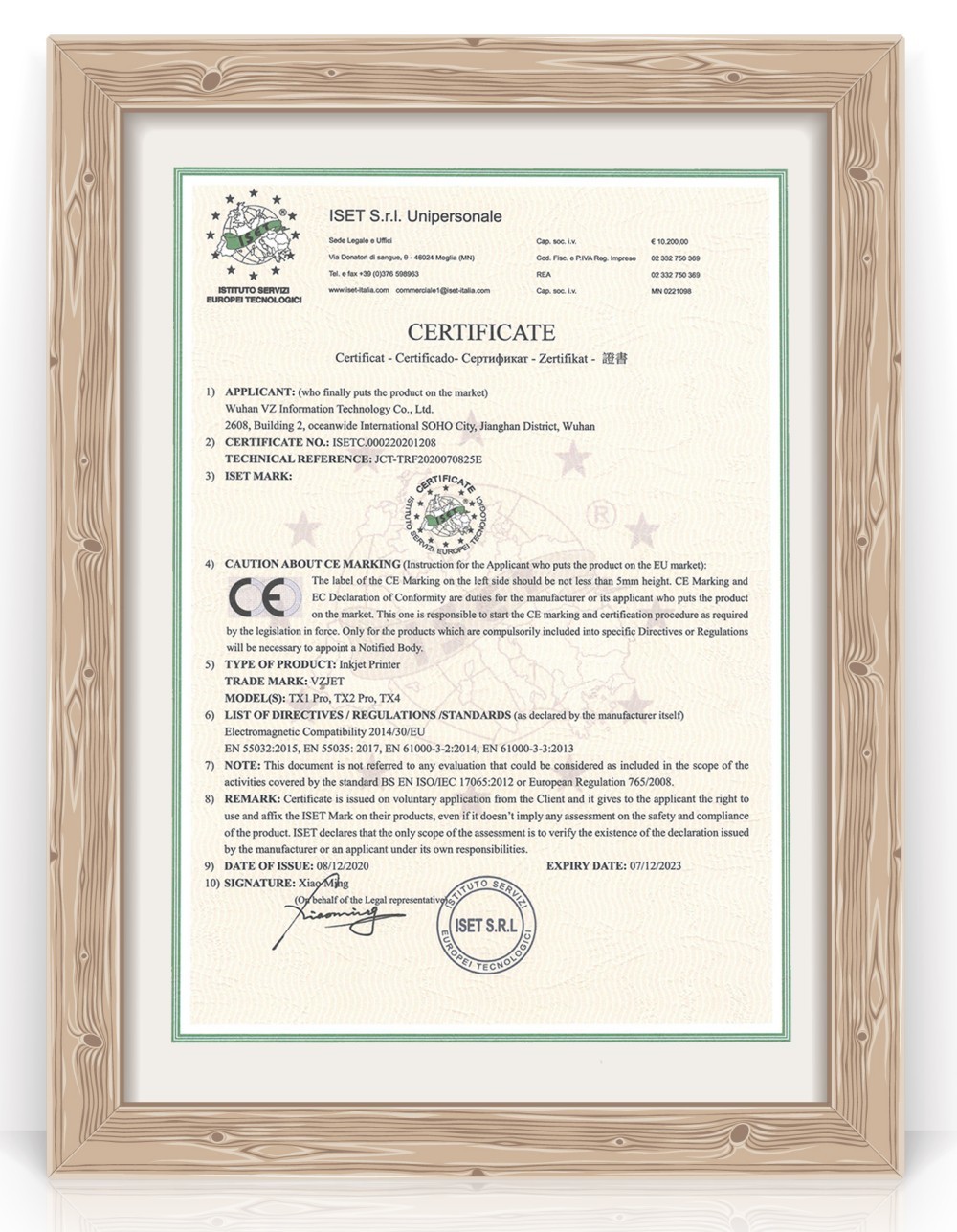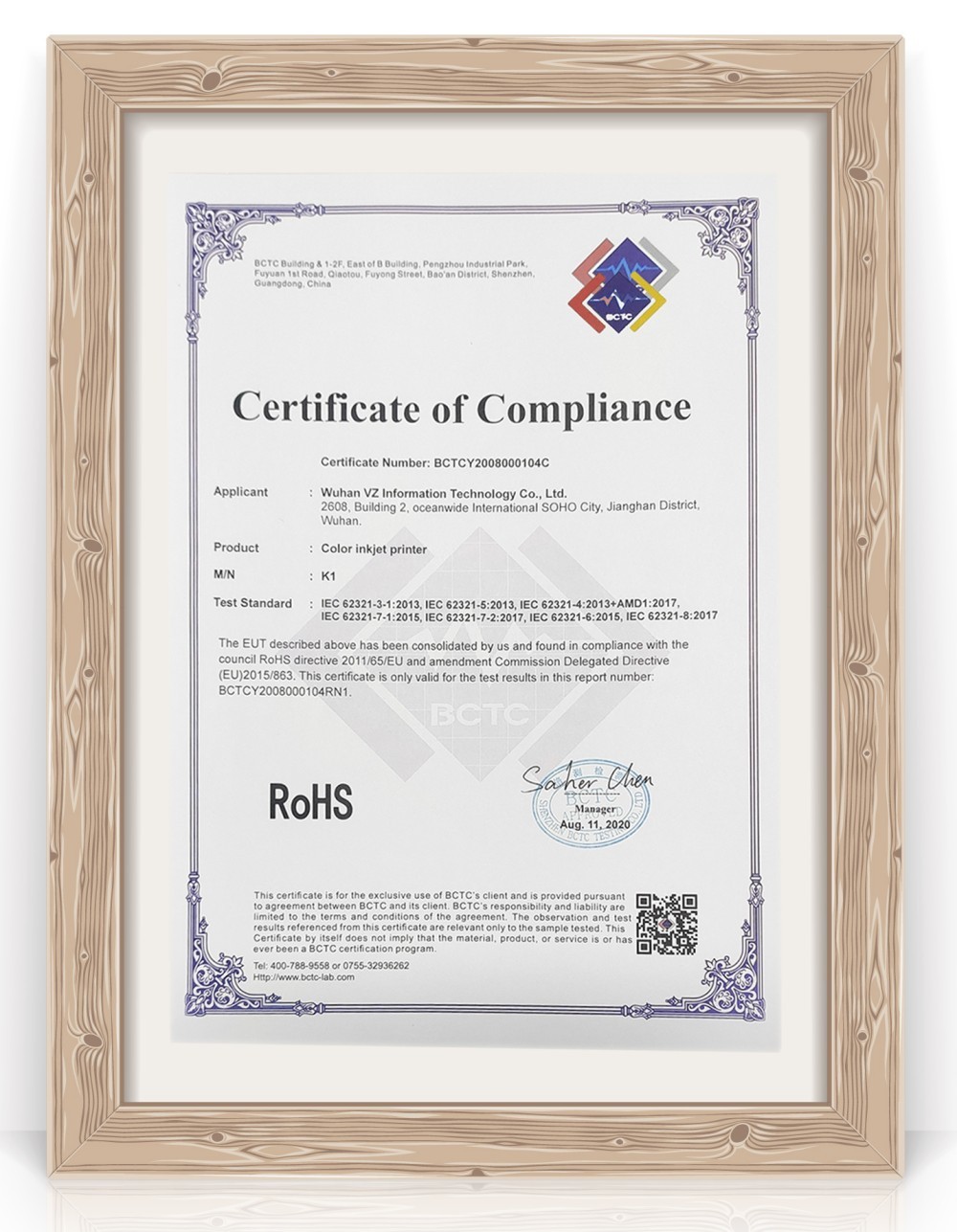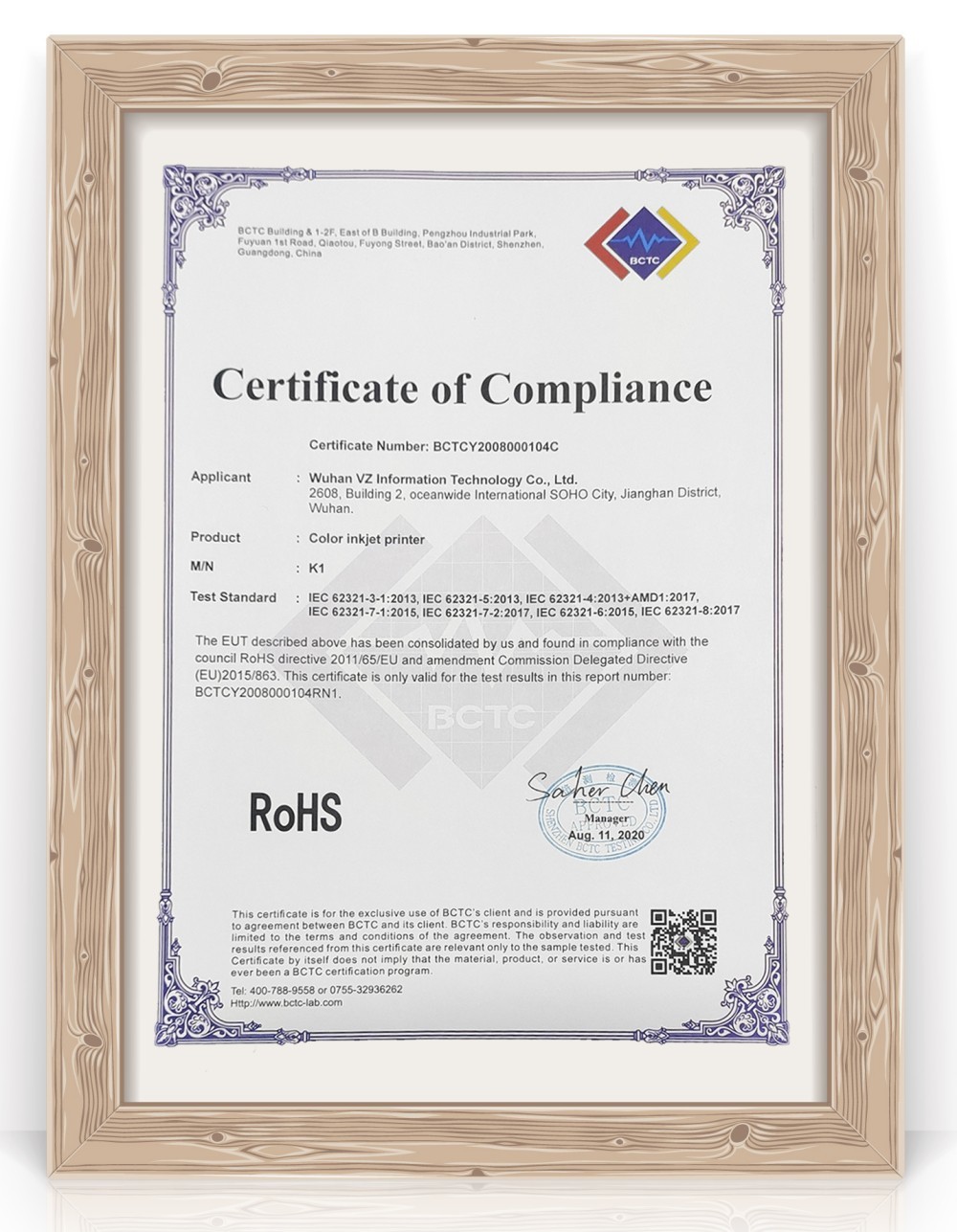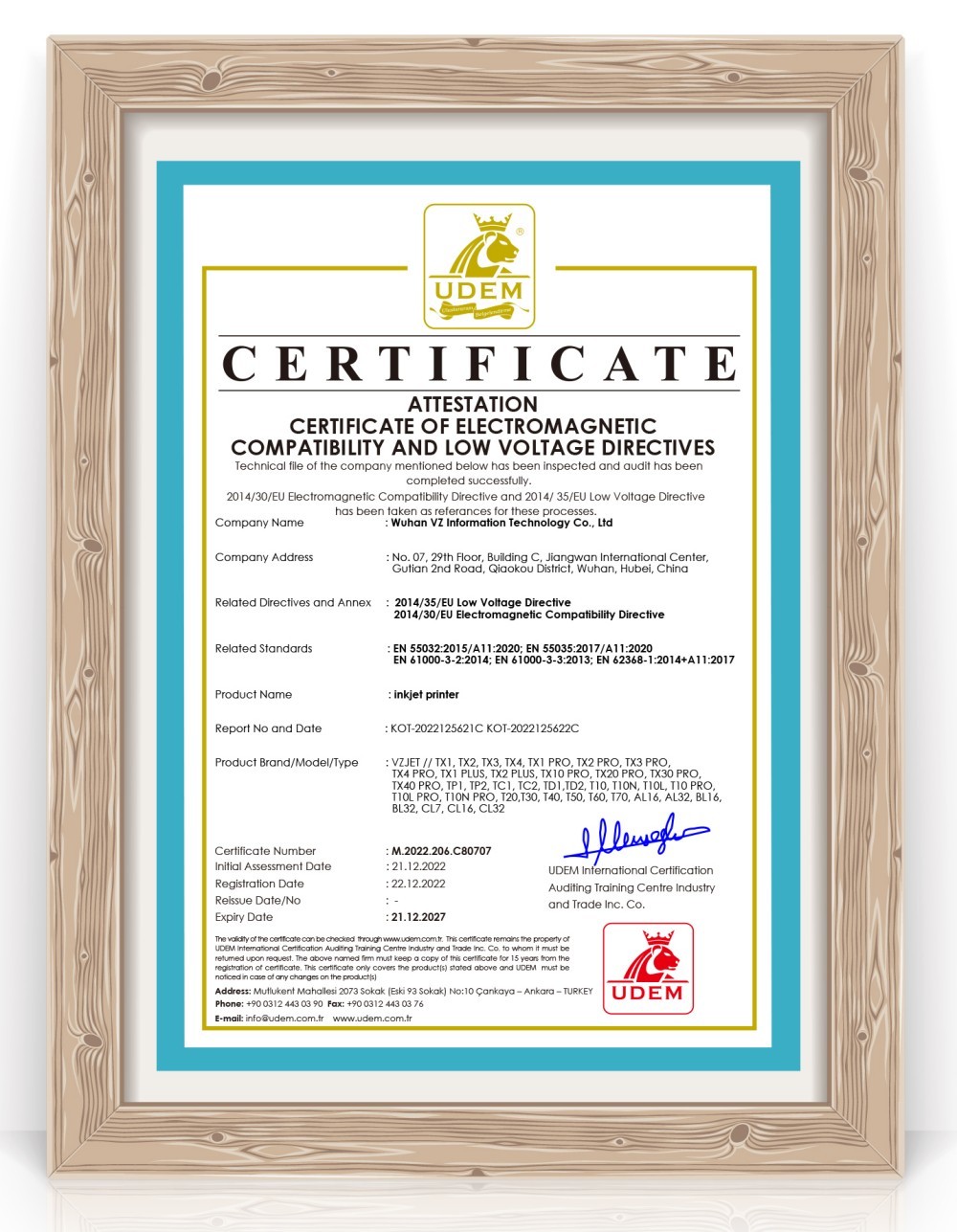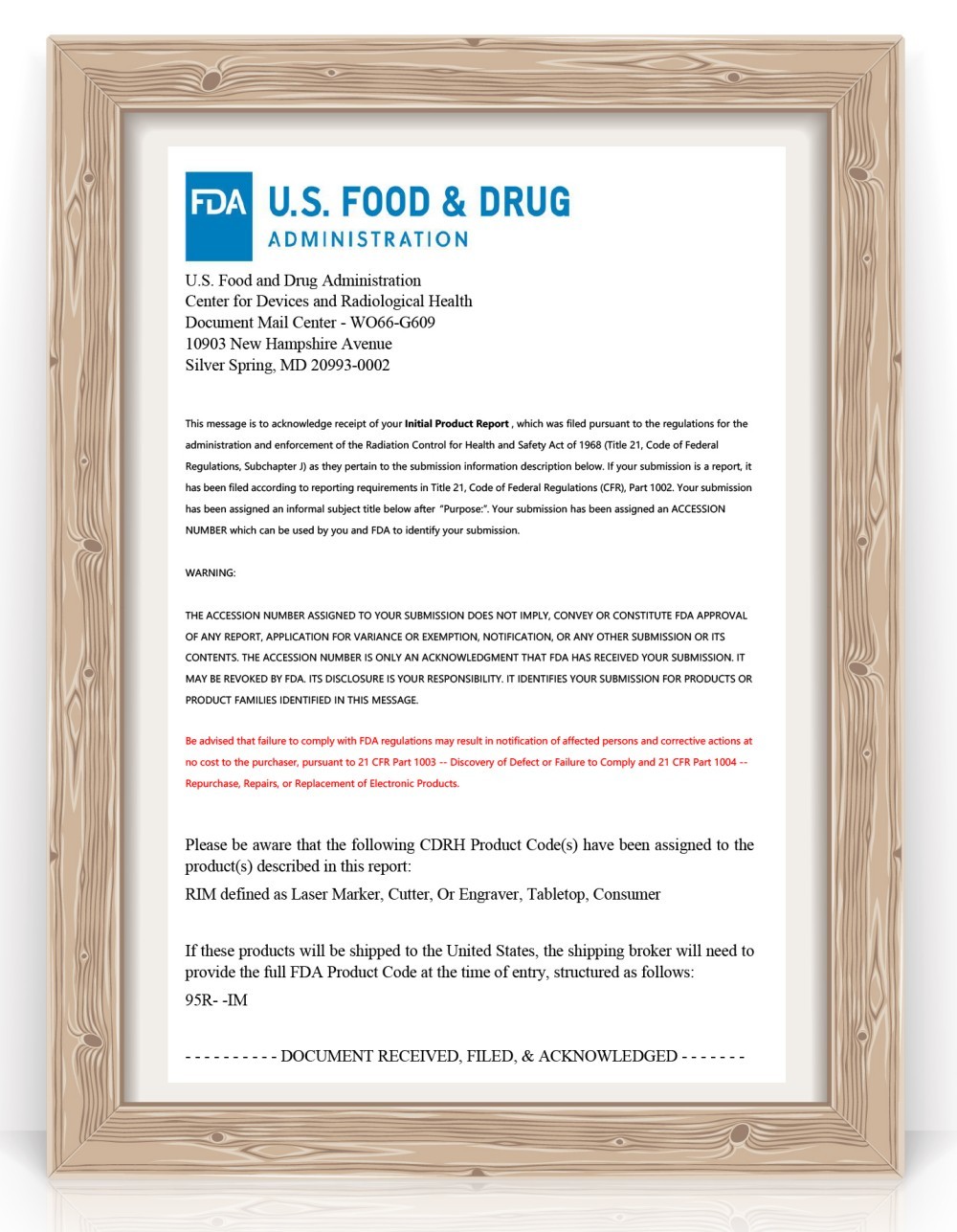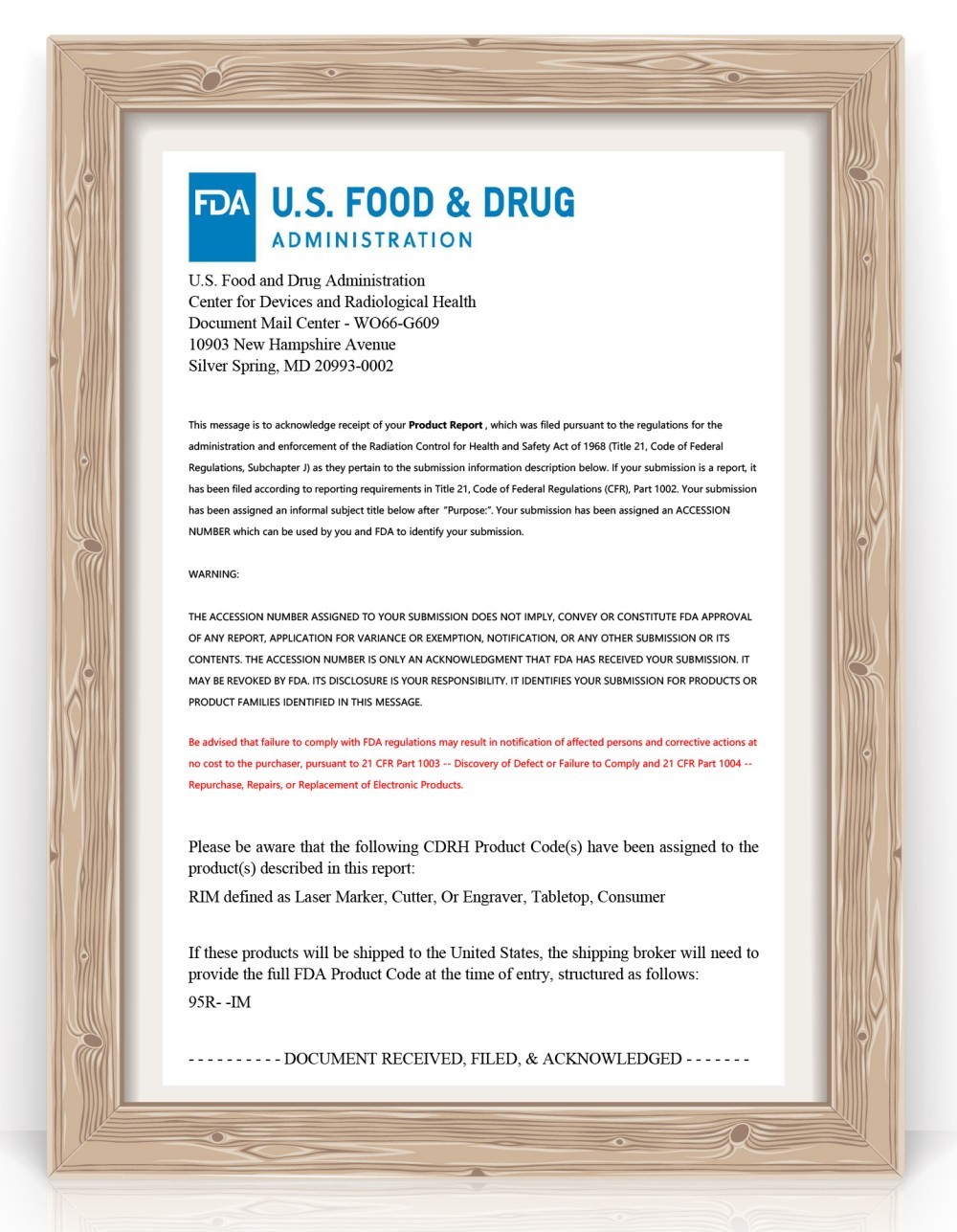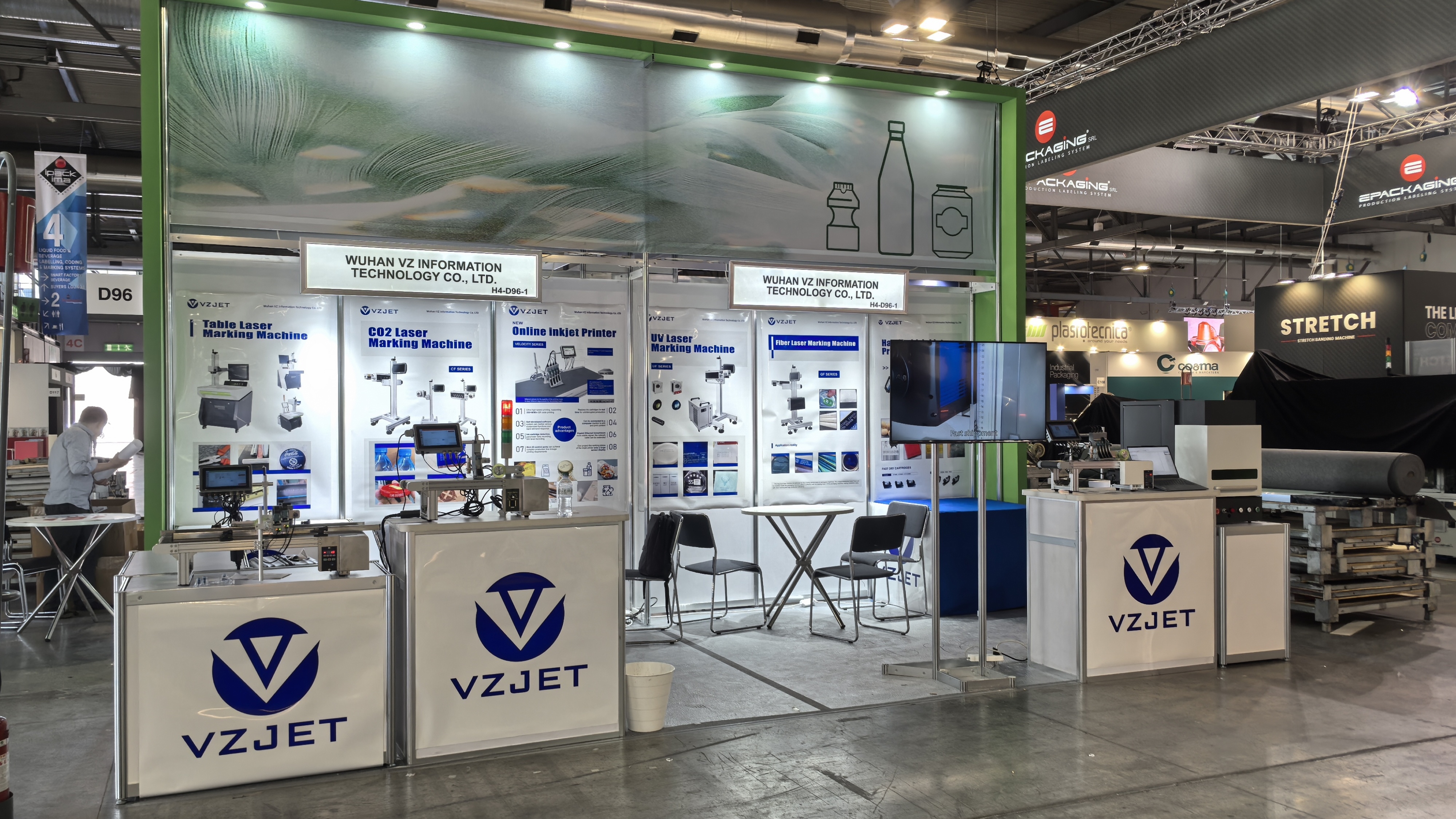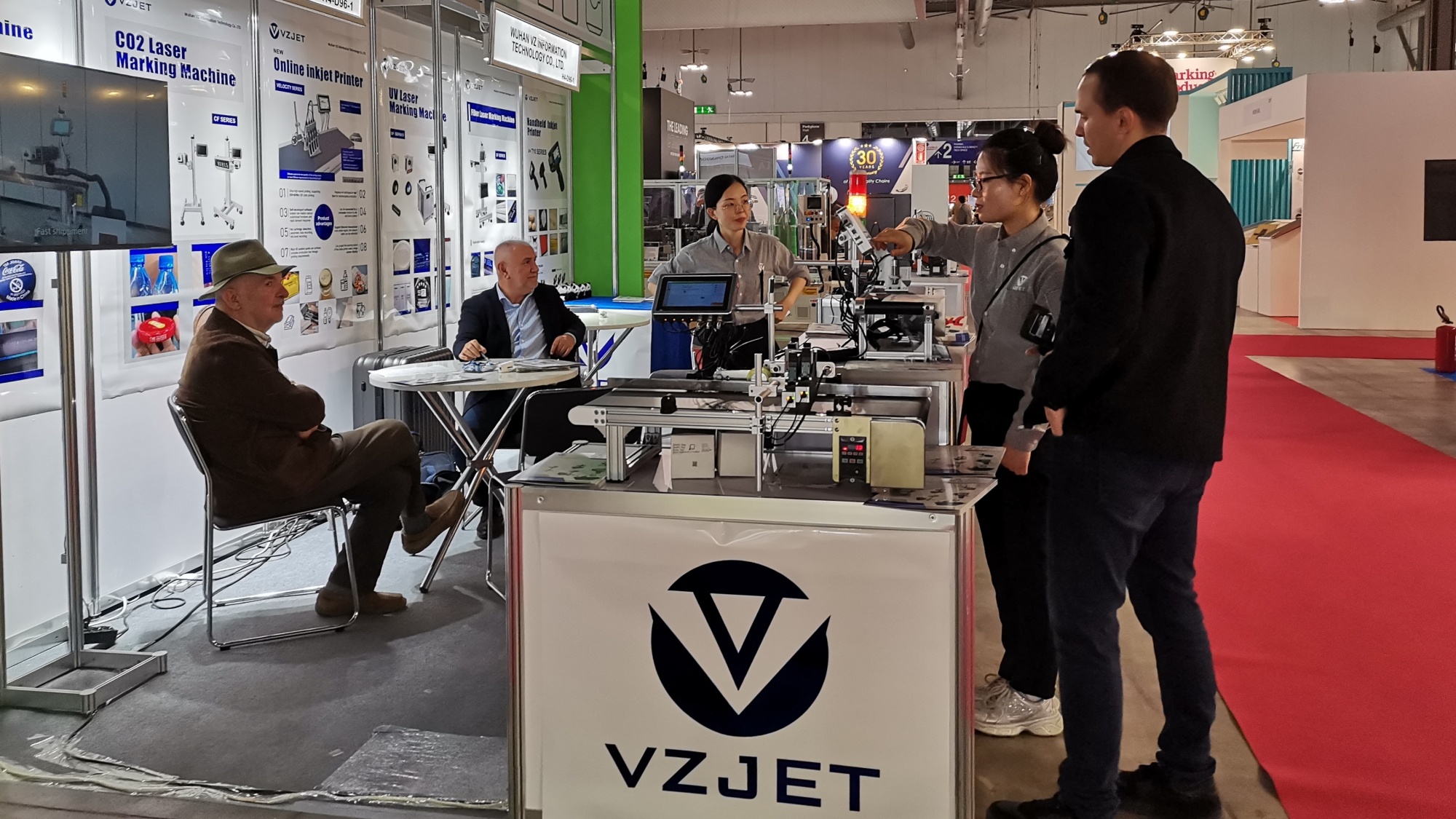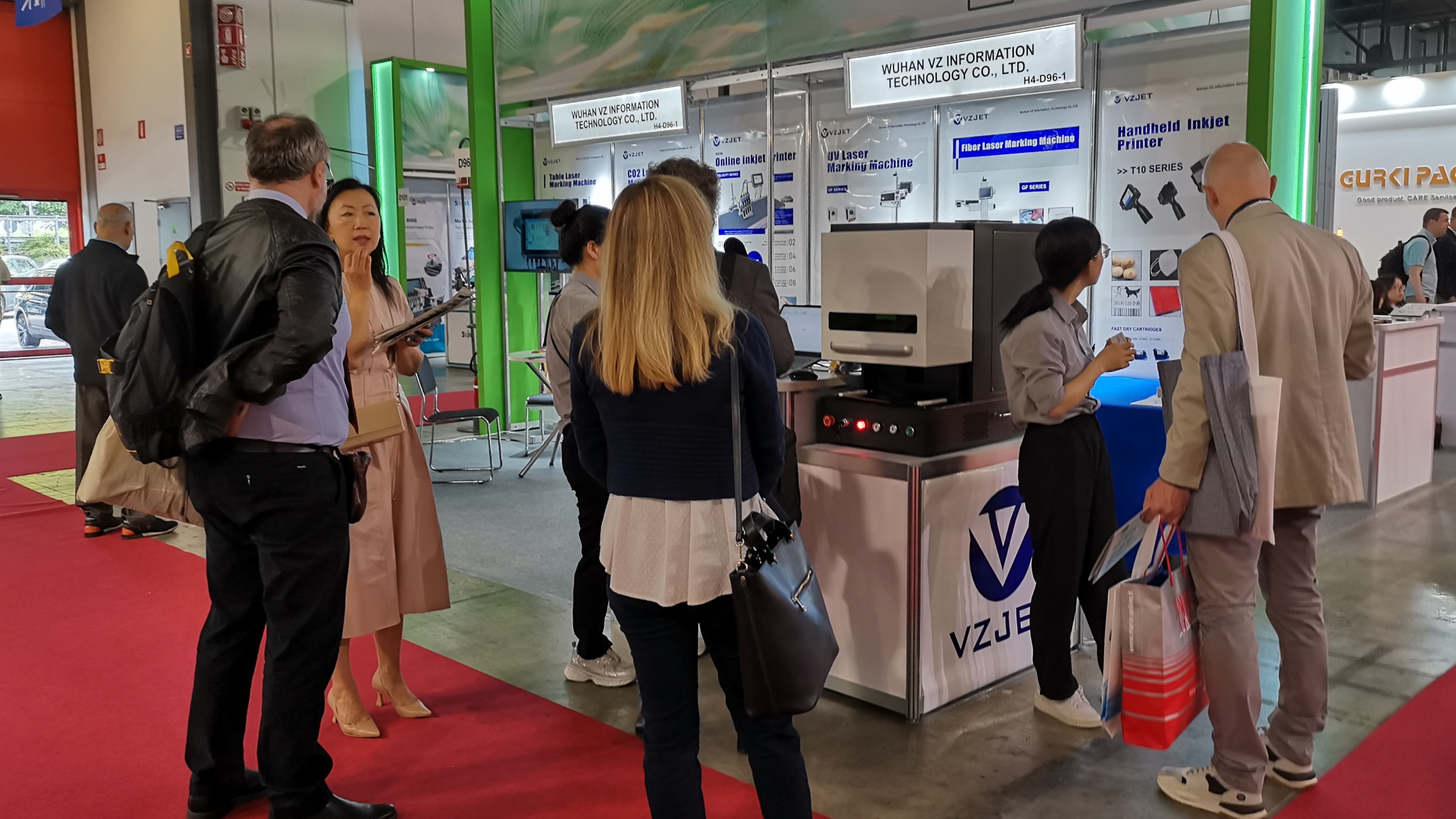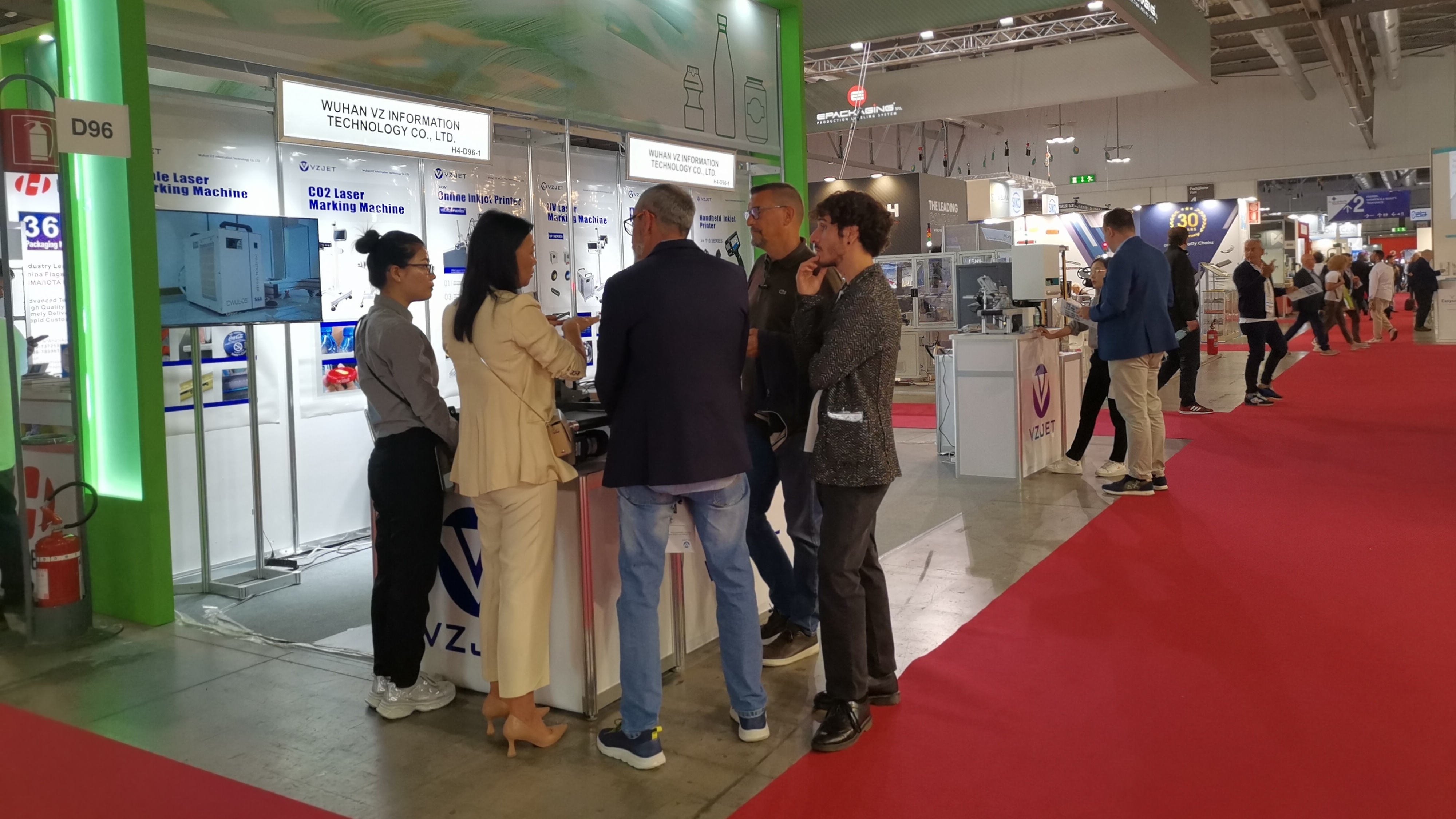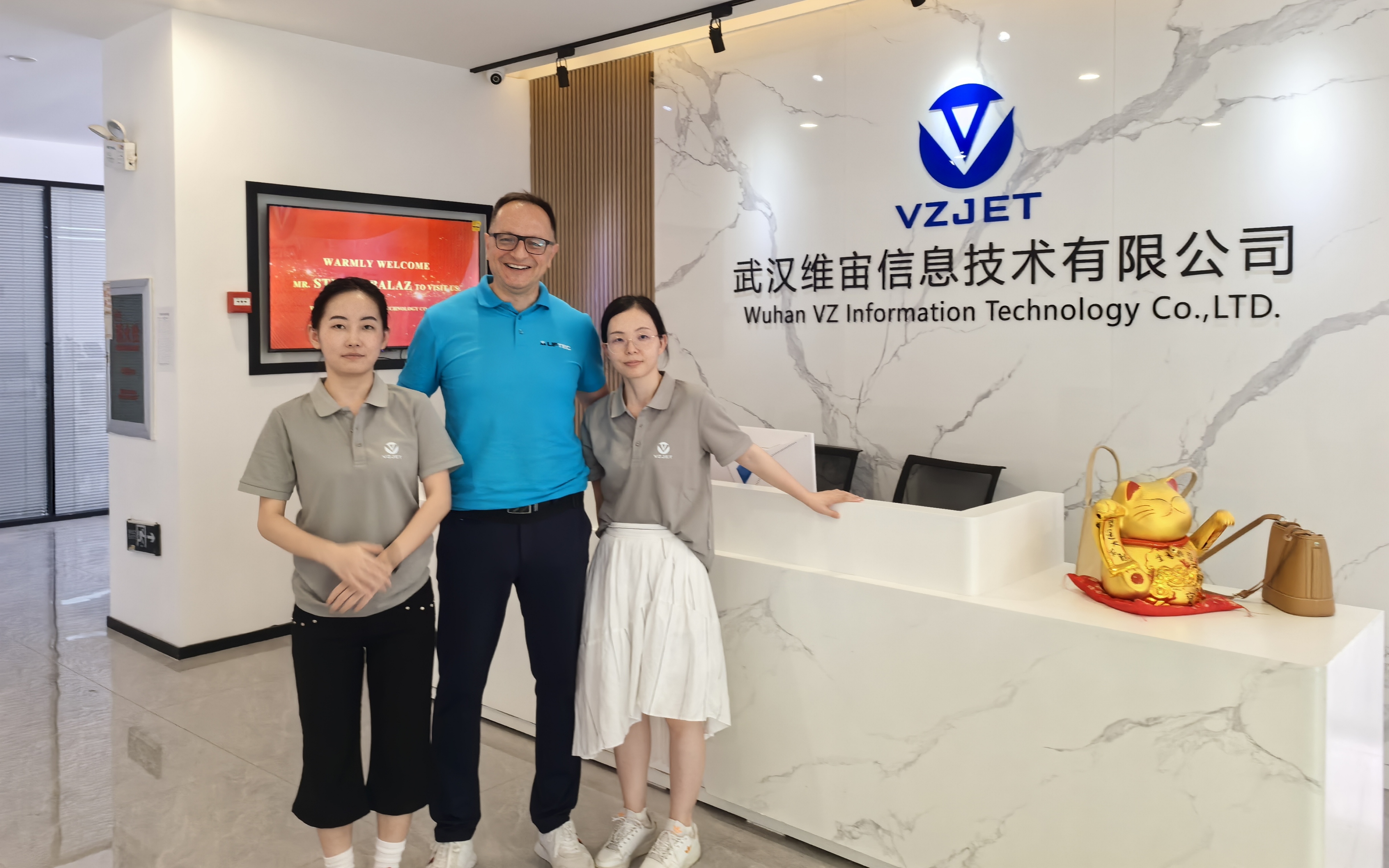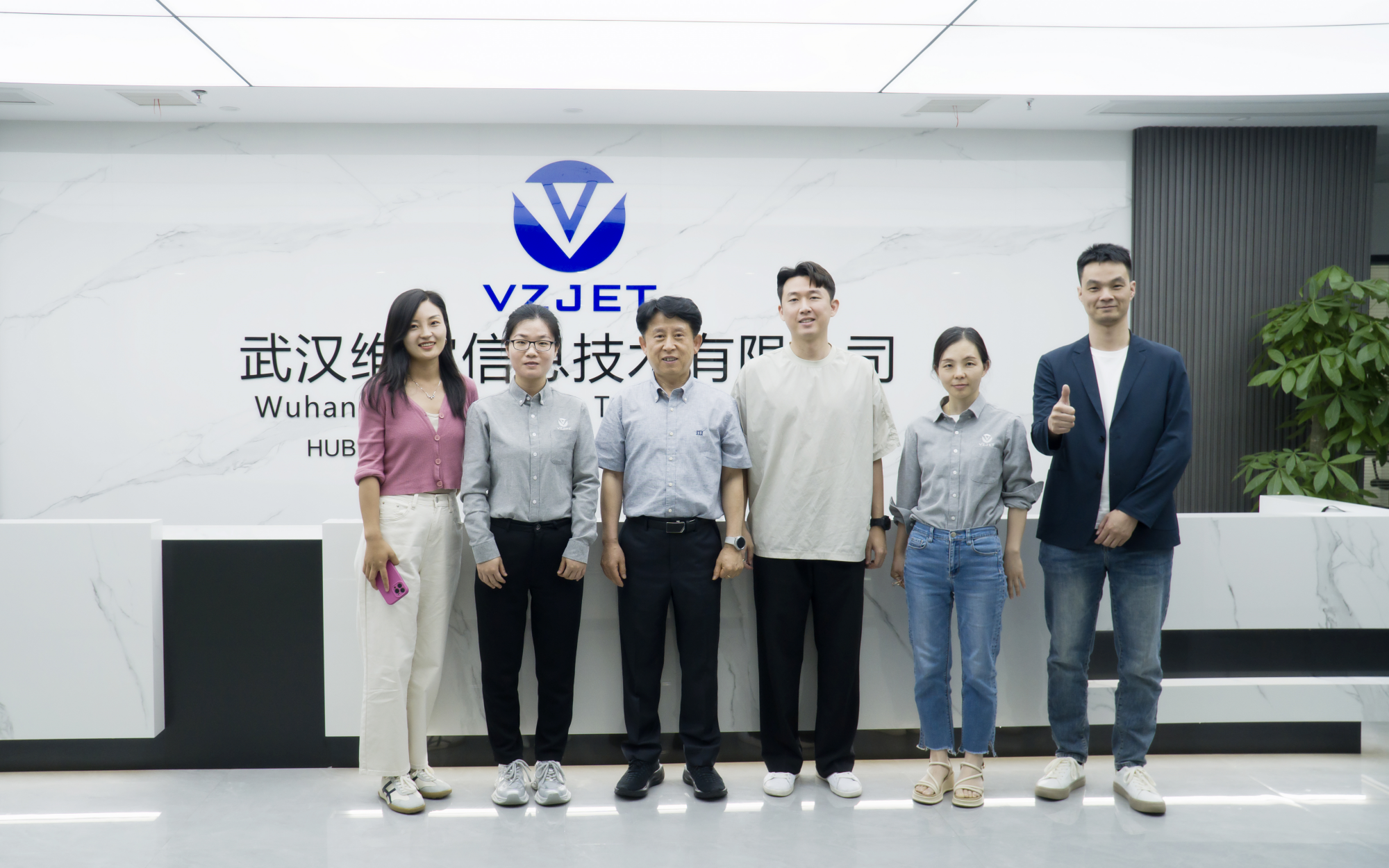VZET Photoelectric Sensor
A photoelectric sensor is a device that detects objects by leveraging light signals, accurately identifying their presence, position, color, or distance.
Message Inquiry
Product Details
1. Product Overview
A photoelectric sensor is a device that detects objects by leveraging light signals, accurately identifying their presence, position, color, or distance. It operates by emitting light beams and capturing changes in reflected or transmitted light, providing efficient and reliable detection solutions across diverse industries such as industrial automation, robotics, security, and consumer electronics.
2. Core Principle
(1) Light Emission & Reception
● Transmitting End: Equipped with an LED or laser diode as a light source, emitting various light beams (e.g., visible light, infrared light).
● Receiver: Utilizes photosensitive components (e.g., phototransistors, photodiodes) to capture optical signals.
● Signal Processing: Converts optical signals into electrical signals, analyzes light intensity changes via internal circuits, and triggers output signals (e.g., switch signals).
(2) Detection Logic
When an object interrupts or reflects the light beam, it alters the light intensity detected by the receiver. The sensor interprets these changes to determine the object’s position or state.
3. Product Types
(1) Through-Beam (Opposed Mode)
● Working Principle: The transmitter and receiver are separate. Detection is triggered when an object blocks the light beam between them.
● Features:
● Ultra-long detection distance (up to 100 meters).
● Strong anti-interference capability.
● Requires separate installation of transmitter and receiver.
(2) Retroreflective (Reflective with Retroreflector)
● Working Principle: The transmitter and receiver are integrated in one unit. The emitted light is reflected back by a retroreflector; detection occurs when an object blocks the reflected beam.
● Features:
● Simple installation, suitable for medium-range detection (up to several meters).
(3) Diffuse Reflective
● Working Principle: Detects light diffusely reflected from the object’s surface without a separate retroreflector.
● Features:
● Single-sided installation.
● Shorter detection range (typically several centimeters to meters).
● Detection accuracy depends on object color and surface texture.
(4) Fiber Optic
● Working Principle: Uses optical fibers to transmit light signals, enabling miniaturized sensor heads.
● Features:
● Excellent resistance to electromagnetic interference, high temperatures, and corrosion.
● Ideal for confined spaces or harsh environments.
(5) Color/Mark Sensor
● Working Principle: Identifies colors or specific markings by analyzing the wavelength or intensity of reflected light.
● Applications: Commonly used in printing quality inspection, label positioning, and similar scenarios.
4. Key Performance Parameters
● Detection Distance: The maximum range where the sensor operates stably and reliably.
● Response Time: The time from object detection to signal output (typically in microseconds).
● Light Source Types: Options include infrared (high anti-interference), red visible light (easy calibration), and laser (high precision).
● Output Types: Supports NPN/PNP switch signal outputs.
5. Usage Precautions
(1) Environmental Interference
● Avoid direct exposure to strong light (e.g., sunlight may interfere with infrared sensors).
● Use modulated light sensors to enhance anti-interference capability.
(2) Object Characteristics
● Transparent or highly reflective objects may require filter-type sensors or coding controller adjustments.
(3) Installation & Calibration
● For retroreflective sensors, ensure precise alignment of the transmitter and receiver.
● For diffuse reflective sensors, account for background objects that may affect detection.
(4) Maintenance
● Regularly clean the lens or fiber optic end face to prevent dust from reducing detection sensitivity.
6. Common Issues & Solutions
|
Issue |
Possible Causes |
Solutions |
|
Mistriggering |
Environmental light interference |
Adjust sensor sensitivity or enable filtering in the controller. |
|
Unstable Detection |
Uneven object surface reflection |
Switch to a retroreflective photoelectric sensor. |
|
Failure to Detect Transparent Objects |
High light transmittance |
Use a diffuse reflective photoelectric sensor. |
|
Response Delay |
Inadequate sensor response time |
Select a sensor with microsecond-le |
Company Reality
Wuhan VZ Information Technology Co., Ltd., established in 2018 , and located in Wuhan, China with convenient transportation accesses , is a professional company engaged in the sale and service of mini color inkjet printers, inkjet printers, continuous inkjet printers, laser marking machines, and the relevant ink consumables. We have a wide range of coding and marking machines to meet customers' different needs in their applications and at the same time, we are making great efforts to develop new products to meet different requirements. Dedicated to strict quality control and thoughtful customer service, our experienced staff members are always available to discuss your requirements and ensure full customer satisfaction. Adhering to the business principle of mutual benefits, we have had a reliable reputation among our customers because of our professional services, quality products and competitive prices.
Honor & Certificates
Adhering to the business principle of mutual benefits, we have had a reliable reputation among our customers because of our professional services, quality products and competitive prices. Our cooperated manufacturers have obtained CE, ISO9001 certificates.
Exhibition & Cooperation
Our cooperated manufacturers have obtained C E, I S O 9 0 0 1 certificates. Selling well in all cities and provinces around China, our products are also exported to clients in such countries and regions as north and south America, Africa, Europe . We also welcome O E M and O D M orders. Whether selecting a current product from our catalog or seeking engineering assistance for your application, you can talk to our customer service center about your sourcing requirements and we are glad to send you more details and help you choose the most suitable products.
FAQ
Where are the company's main markets?
The company's main markets are North America, South America and Southeast Asia.
When was VZ Company founded and what is its scale?
The founding team of VZ Company was established in early 2017. In terms of scale, the company's headquarters is located in its own industrial park in Xiantao City, Hubei Province, covering an area of 80 mu (more than 50,000 square meters) with about 150 workers. The sales and R&D center is situated in CBD, Jianghan District, Wuhan City, Hubei Province, covering an area of 1,600 square meters with more than 30 international sales staff. Additionally, there is a branch factory in Dongxihu District, Wuhan City, which covers an area of 1,500 square meters with more than 25 workers, mainly producing products such as TIJ and laser-related equipment.
How does the power of a laser machine affect the processing effect?
The power of a laser machine directly influences the processing speed and depth. The higher the power, the faster the processing speed and the deeper the processing depth.
What are the advantages of laser machines in plastic processing?
The advantages of laser machines in plastic processing include non-contact processing, high processing precision, strong adaptability, etc.
What are the main applications of laser machines in metal processing?
Laser machines are mainly used in metal processing for cutting, welding, marking, etc.
Related Products
